Related Research Articles

The Benaki Museum, established and endowed in 1930 by Antonis Benakis in memory of his father Emmanuel Benakis, is housed in the Benakis family mansion in Athens, Greece. The museum houses Greek works of art from the prehistorical to the modern times, an extensive collection of Asian art, hosts periodic exhibitions and maintains a state-of-the-art restoration and conservation workshop. Although the museum initially housed a collection that included Islamic art, Chinese porcelain and exhibits on toys, its 2000 re-opening led to the creation of satellite museums that focused on specific collections, allowing the main museum to focus on Greek culture over the span of the country's history. This Museum in Athens houses over 100,000 artifacts from Greek history and showcases the many eras, civilizations and cultures which have influenced the development of Greece. Spread over a number of locations, the museum ranks among Greece’s foremost cultural institutions.
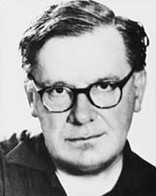
Nikos Engonopoulos was a Greek painter and poet. He is one of the most important members of "Generation of the '30s", as well as a major representative of the surrealist movement in Greece. His work as a writer also includes critique and essays.
Nikos Hadjikyriakos-Ghikas, also known as Nikos Ghika, was a leading Greek painter, sculptor, engraver, writer and academic. He was a founding member of the Association of Greek Art Critics, AICA-Hellas, International Association of Art Critics.

Modern Greek art is art from the period between the emergence of the new independent Greek state and the 20th century. As Mainland Greece was under Ottoman rule for all four centuries, it was not a part of the Renaissance and artistic movements that followed in Western Europe. However, Greek islands such as Crete, and the Ionian islands in particular were for large periods under Venetian or other European powers' rule and thus were able to better assimilate the radical artistic changes that were occurring in Europe during the 14th-18th century.
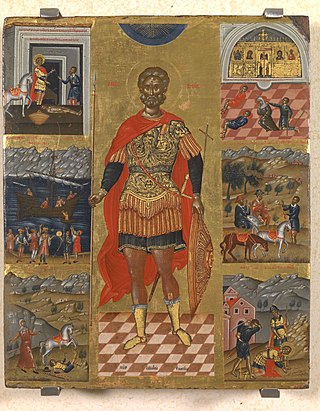
Cretan school describes an important school of icon painting, under the umbrella of post-Byzantine art, which flourished while Crete was under Venetian rule during the late Middle Ages, reaching its climax after the fall of Constantinople, becoming the central force in Greek painting during the 15th, 16th and 17th centuries. The Cretan artists developed a particular style of painting under the influence of both Eastern and Western artistic traditions and movements; the most famous product of the school, El Greco, was the most successful of the many artists who tried to build a career in Western Europe, and also the one who left the Byzantine style farthest behind him in his later career.
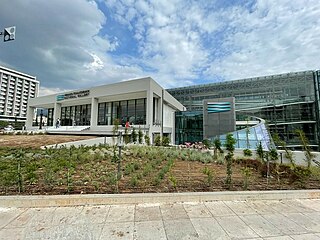
The National Gallery is an art museum located on Vasilissis Sofias avenue in the Pangrati district, Athens, Greece. It is devoted to Greek and European art from the 14th century to the 20th century.
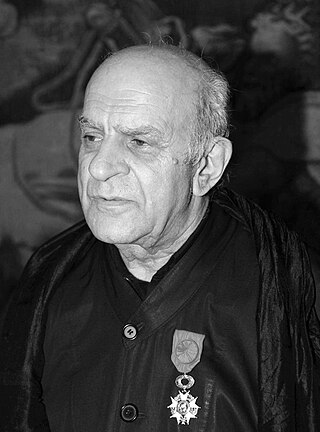
Alekos Fassianos was a renowned Greek painter. He gained recognition for his distinctive style, which was characterized by immediacy and a deliberate departure from standardized painting techniques.

The Heptanese school of painting succeeded the Cretan school as the leading school of Greek post-Byzantine painting after Crete fell to the Ottomans in 1669. Like the Cretan school, it combined Byzantine traditions with an increasing Western European artistic influence and also saw the first significant depiction of secular subjects. The school was based in the Ionian Islands, which were not part of Ottoman Greece, from the middle of the 17th century until the middle of the 19th century. The center of Greek art migrated urgently to the Ionian Islands but countless Greek artists were influenced by the school including the ones living throughout the Greek communities in the Ottoman Empire and elsewhere in the world.

Yorgos Kypris, born 1954, is a Cypriot sculptor who lives and works between Athens and Santorini in Greece. He continues to take part in numerous solo and group exhibitions, commissions work, designs jewelry and permanently exhibits his work through MATI, his personal art gallery. His work has been published in a number of books, articles and magazines. His best known works include the "Entrapped Fish" installation, at the Lobby of the World Bank Building, Washington D.C., commissioned in 1997, the "Gate of Knowledge" - a sculptural steel gate, erected in 1998 in the yard of St. Paul High school, Pafos, Cyprus, the body of works "Fish" (1993-), the "Parallel Notions" body of works (2001) and the "Observers", an installation of four sited figures on poles, 4,5m high each, commissioned (2002) at Fabrica Commercial Center, Fira, Santorini, Greece.

The National Museum of Contemporary Art, is a national museum focused on exhibiting contemporary Greek and international art in Athens. It was established in October 2000. Its founding director, Anna Kafetsi, previously served as curator for the 20th century collection at the National Gallery of Athens.
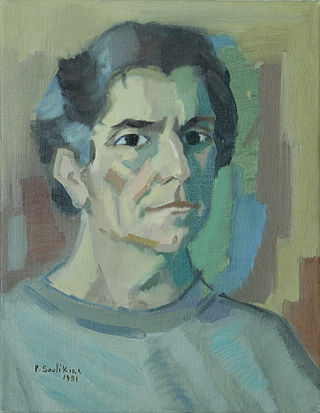
Paleologos Soulikias was a Greek-Canadian artist painter, known primarily for his Canadian landscape scenes.
Maria Maragkoudaki is a Greek artist from Chania, Crete interested in the realistic pictures.
Nikos Alexiou was a Greek artist who specialized in visual art, contemporary art, installation art and set design for theatre and dance. He exhibited his work at personal exhibitions and group events both in Greece and abroad.
Vangelis Rinas, is a Greek painter and sculptor. He grew up in Ikaria and holds an MFA from the Athens School of Fine Arts and lives and works in Athens and New York City. Since 1992, he has exhibited in Greece and abroad, including solo shows at the National Art Museum of China in Beijing and at the Tenri Cultural Institute in New York. Since 2000, he has also presented three solo exhibitions named Endless Sailing. Some of his sculptures, which feature Chinese ideograms and Braille writing, have been installed in the National Center for the Performing Arts in Beijing.
Tassos Mantzavinos is a Greek painter who graduated from the Athens School of Fine Arts. His work has been exhibited in many museums and galleries in Greece and abroad and he has also worked on various book illustrations.
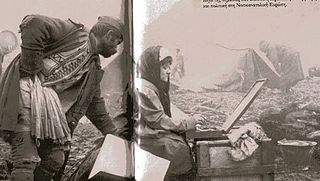
Thalia Flora-Karavia was a Greek artist and member of the Munich School who was best known for her sketches of soldiers at war.

Nikolaos Ventouras was a Greek artist and engraver.
Pavlos Samios was a Greek painter and professor at the Athens School of Fine Arts.

Nikos Floros is a Greek sculptor. He is known for creating sculptural art by using aluminium cans for soft drinks as raw material. This technique was created and patented by Nikos Floros in New York in 2003.
Loukas Venetoulias was a Greek painter.
References
- 1 2 Karamanea, Nota (2003). Oikade: Cretan Artists. Rethymnon: Rethymnon Centre for Contemporary Art. ISBN 960-8074-17-7.
- ↑ The Dictionary of Greek Artists:painters-sculptors-engravers. 16th-20th century. Vol.4. Athens: Melissa Publications. ISBN 9602042265.
- ↑ Foci of the Gaze. Larissa: National Cultural Network of Cities. Ministry of Culture, Municipality of Larissa. 1997.
- ↑ Hatzifotiou, Zahos (2006). Iakhos: the chronicle of cosmopolitan Athens. Athens: Fereniki. ISBN 9607952480.
- ↑ Kritikou, Iris, ed. (2008). Painters' Aegina: Group Exhibition. Athens: Mikri Arktos. ISBN 978-960-8104-18-1. Archived from the original on 2014-02-15. Retrieved 2013-07-13.
- ↑ With Red or With White. Athens: Desmi Ekdotiki. 2009. ISBN 978-960-8304-56-7.
- ↑ Krtikou, Iris, ed. (2009). It happened in Athens:catalog of the group exhibition. Athens: Mikri Arktos. ISBN 978-960-8104-19-8. Archived from the original on 2014-02-14. Retrieved 2013-07-13.
- ↑ Kritikou, Iris, ed. (2010). Human Measures; Group exhibition. Athens: Mikri Arktos. ISBN 978-960-8104-26-6.